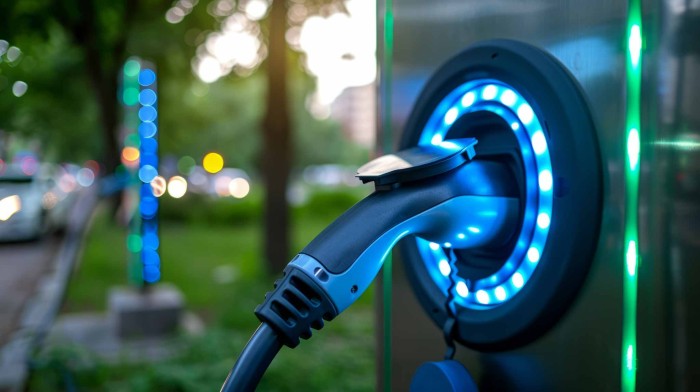In the ongoing transition to ‘zero emissions’ vehicles, hydrogen has long been recognised as being a promising ‘zero emissions’ alternative to fossil fuels, either for use in internal combustion engines or to power the fuel cells of fuel cell electric vehicles. For certain types of vehicle and for certain usage profiles, hydrogen fuelled vehicles can provide a more practical ‘zero emissions’ proposition than pure battery electric vehicles.
To accommodate the introduction and commercialisation of motor vehicles with hydrogen fuel systems, the United Nations Economic Commission for Europe (UN ECE), via a dedicated Informal Working Group, began work on developing a Global Technical Regulation (GTR) on hydrogen fuel systems back in 2005. Work on developing this GTR continued for many years and the resulting Global Technical Regulation, GTR No. 13, was finally published in July 2013. Once the technical content of GTR No. 13 had been finalised and published, those requirements were transposed into an equivalent UN ECE Regulation, UN ECE Regulation No. 134, which was published in June 2015.
After the publication of original version of GTR No. 13, the mandate for the dedicated Informal Working Group that developed it was extended so that they could continue to further develop and refine its requirements. Between 2013 and 2022, this Informal Working Group developed numerous revisions to the original version of GTR No. 13 to provide greater clarity to the requirements, to improve the consistency of their application, to adapt them to technical progress and to enhance the reproducibility of the specified testing requirements, and the finally agreed revisions were published on July 17, 2023 as an Amendment 1 to GTR No. 13.
To ensure that alignment between the requirements of GTR No. 13 and UN ECE Regulation No. 134 was maintained, in 2023, the UN ECE Working Party on Passive Safety (GRSP) drafted an 02 Series of Amendments to UN ECE Regulation No. 134 to transpose the updated requirements from GTR No. 13 Amendment 1 into the ECE Regulation. This draft 02 Series of Amendments to UN ECE Regulation No. 134 was submitted to the UN ECE World Forum for Harmonisation of Vehicle Regulations (WP.29) at their 191st session in November 2023.
Whilst drafting the 02 Series of Amendments to UN ECE Regulation No. 134, GRSG noted that, although UN ECE Regulation No. 134 required crash testing to be carried out on vehicles falling within the scope of the relevant UN ECE Regulations on crash testing, not all of these Regulations included the necessary provisions covering the testing of hydrogen fuelled vehicles, e.g. test procedures, measurements procedures, etc. Therefore, to ensure consistency and compatibility between these UN ECE Regulations, GRSG drafted an 05 Series of Amendments to UN ECE Regulation No. 94 on offset deformable barrier front impact, and 06 Series of Amendments to UN ECE Regulation No. 95 on lateral impact and an 03 Series of Amendments to UN ECE Regulation No. 137 on full width flat barrier front impact to introduce the necessary provisions to allow for the testing of hydrogen fuelled vehicles. All of these draft Series of Amendments were also submitted to WP.29 at their 191st session in November 2023.
At the 191st session of WP.29, the 05 Series of Amendments to UN ECE Regulation No. 94, the 06 Series of Amendments to UN ECE Regulation No. 95, the 02 Series of Amendments to UN ECE Regulation No. 134 and the 03 Series of Amendments to UN ECE Regulation No. 137 were all duly adopted, and they were all subsequently allocated a date of entry into force of June 15, 2024.
With regard to implementation dates, the transitional provisions contained in all of these Series of Amendments specify that compliance with the updated requirements will become mandatory for new types of vehicle from September 1, 2027.
The Regulations are available on InterRegs.NET for our ECE subscribers and are also available at Selectregs.
